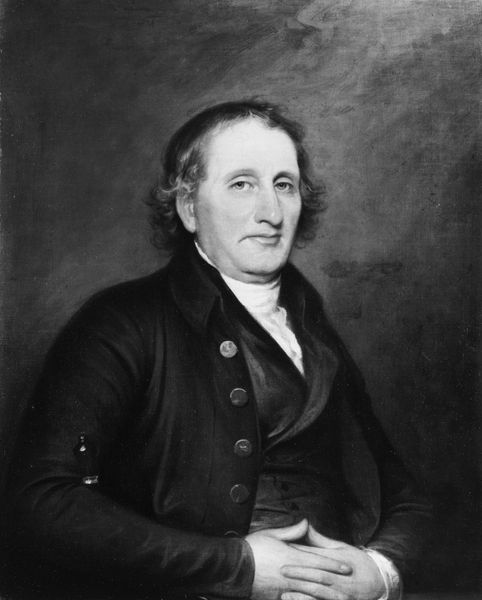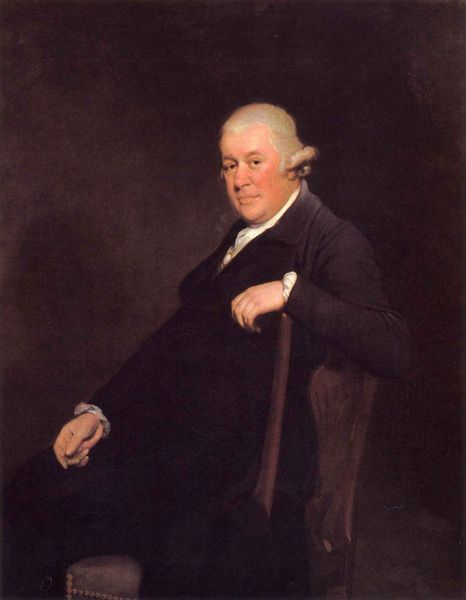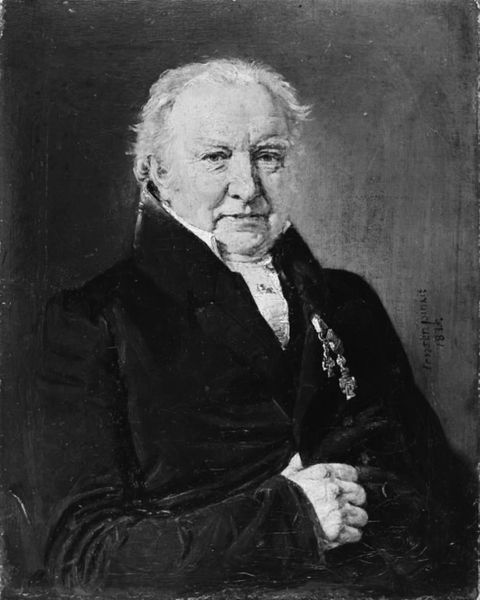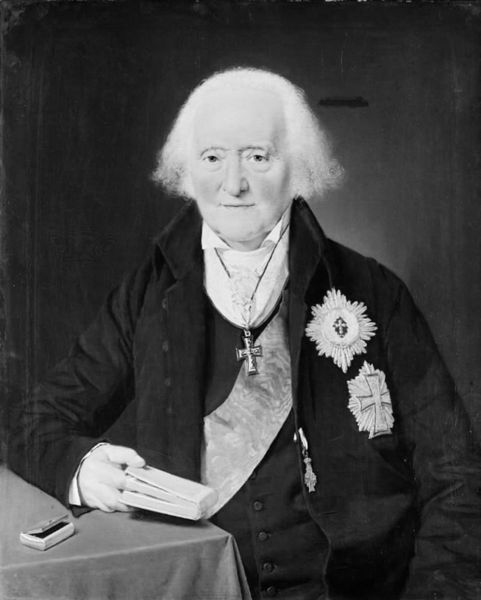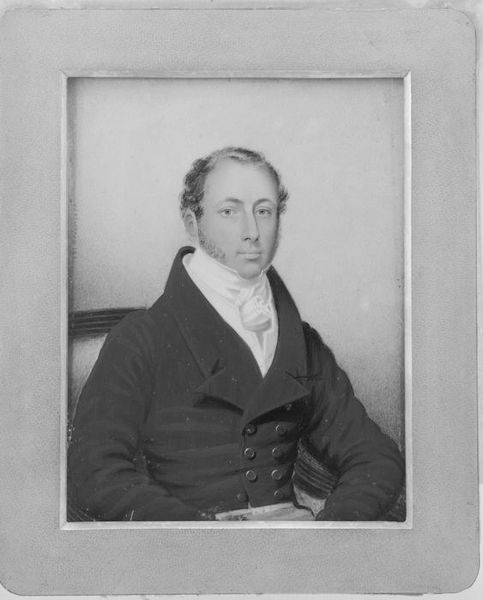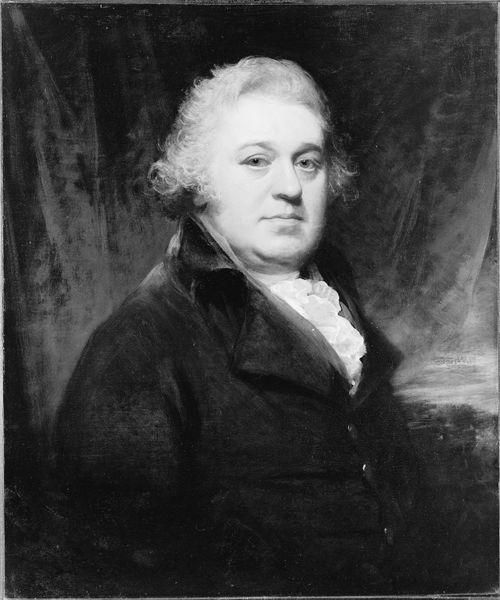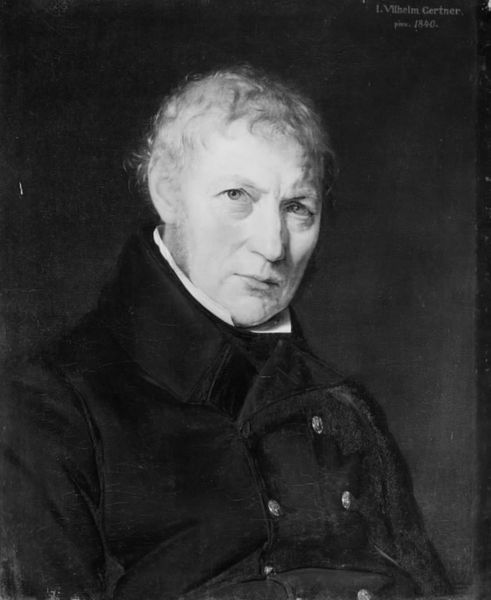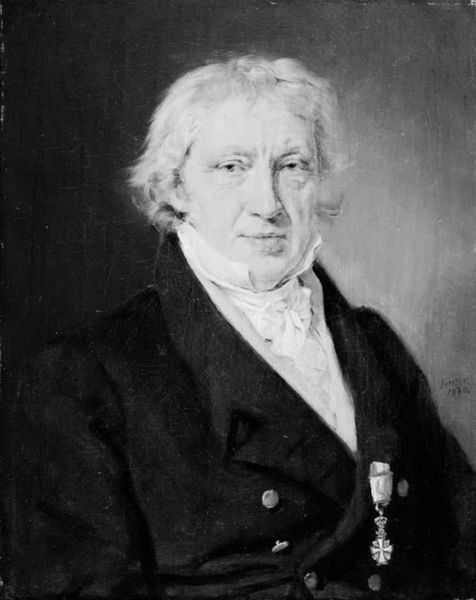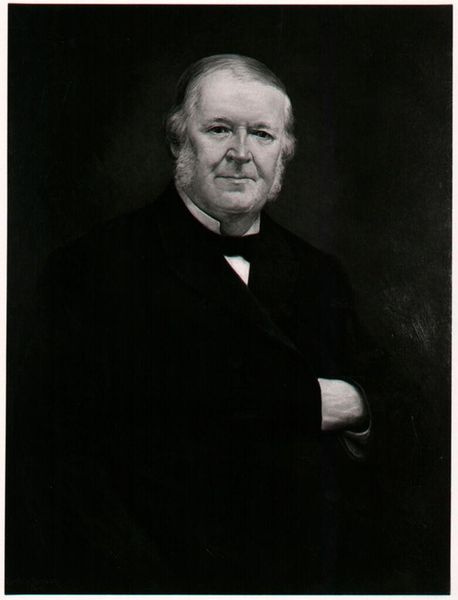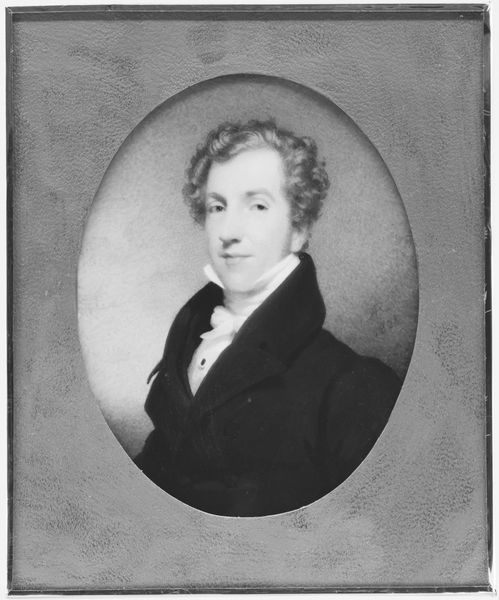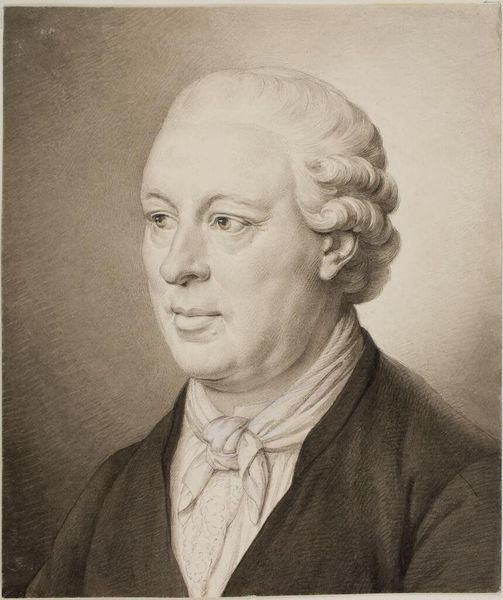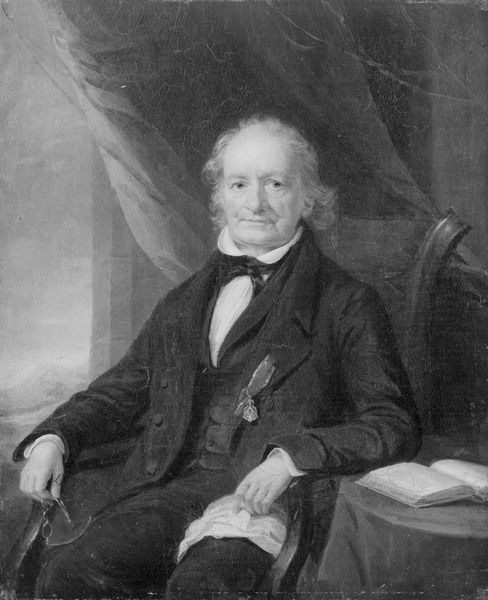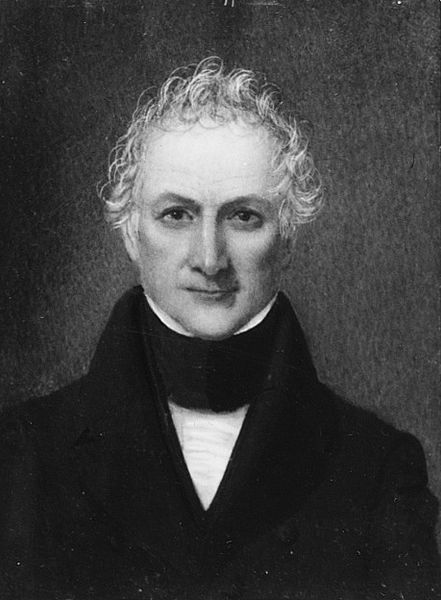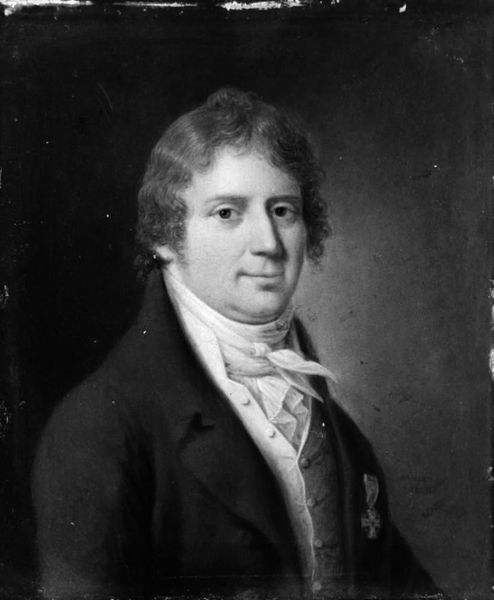
painting, oil-paint, canvas
#
portrait
#
portrait
#
painting
#
oil-paint
#
canvas
#
romanticism
#
realism
Dimensions: 93 cm (height) x 79 cm (width) (Netto)
Curator: This is Svend Svendsen Lunde, kunstnerens fader, a portrait from 1836 by Svend Svendsen Lunde himself. It's oil on canvas and a fine example of Danish Golden Age portraiture currently held at the SMK. What's your initial take? Editor: Stark. The restrained palette gives it a serious mood, almost austere. The lighting is deliberate, highlighting the sitter’s face, the paper he’s holding, and little else. A clear, formal composition. Curator: Agreed. Let's consider the context: painted during the Danish Golden Age, a period marked by burgeoning national identity and artistic self-awareness. This was a time when artists began portraying the burgeoning middle class. You can see hints of it in the textiles he is wearing and the inclusion of paper as part of the image. Editor: Absolutely. The choice of subject--his own father--speaks volumes, right? Not royalty, not some military hero. A man holding a piece of paper...is that meant to portray a man of the Enlightenment? Of science, literacy, reason? This artwork acts as a clear depiction of power in the age of Romanticism. Curator: Good point. His profession or position, perhaps indicated by the spectacles and paper, underscores the rising importance of commerce, education, and intellectual pursuits. This shifts away from the heroic depictions in favour of representing civil societal figures. This isn't just paint; it's a symbolic portrayal of changing values. The artist carefully controls what aspects he shows you of the father’s personal context to create the artwork’s overall persona. Editor: Precisely! Also, thinking about where this was shown and who owned it reveals so much about how social status was performing during that period of early-19th-century Danish history. This piece performs an explicit set of virtues related to the rise of middle-class culture. The museumification of the image has to play into that understanding, too. Curator: That makes me think about his painting process; he paints this portrait knowing that, one day, it will sit on display like this for future people to witness and study it. And here we are doing it now! Editor: Indeed. Seeing it now adds another layer of political reading to the piece, right? It brings that moment into our own current social and art contexts and makes me think about what we see and what choices are still, sadly, not on view to a viewing public. Curator: A fitting point to ponder as we move on.
Comments
No comments
Be the first to comment and join the conversation on the ultimate creative platform.
